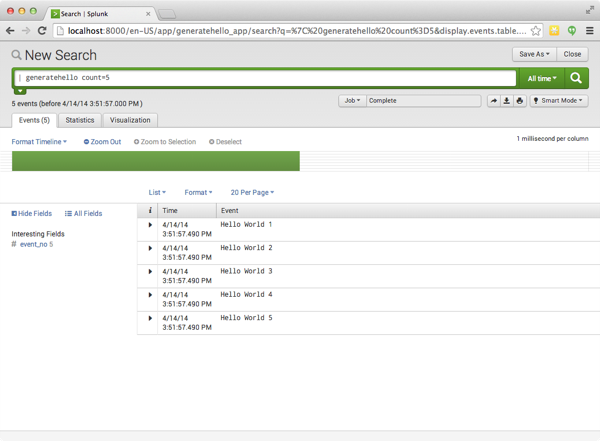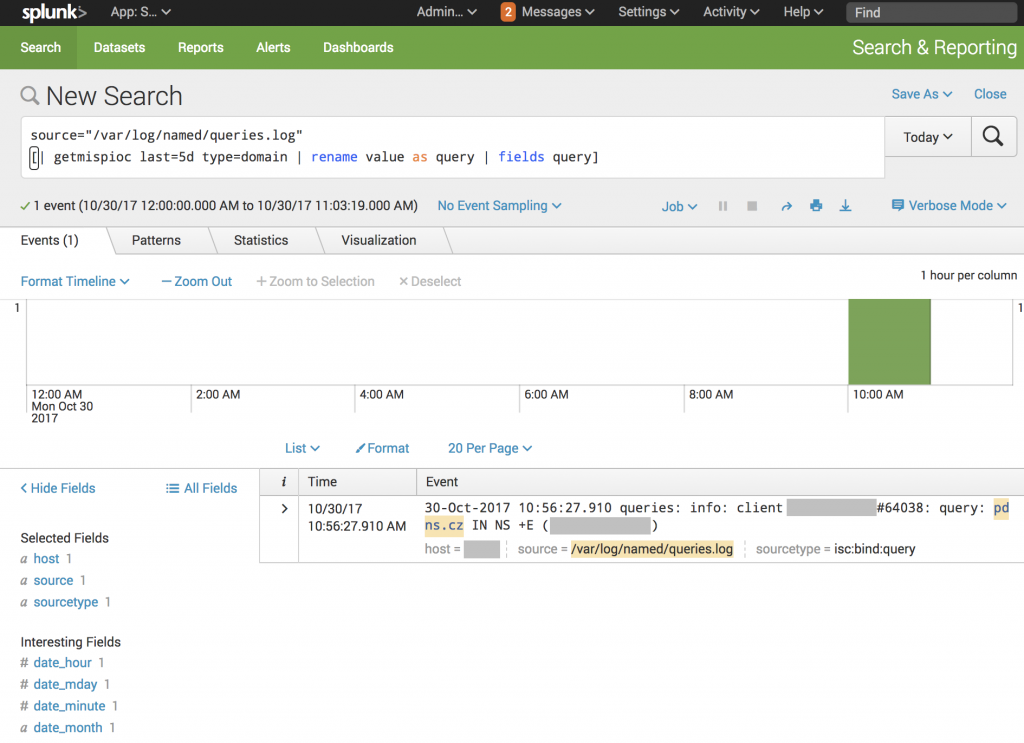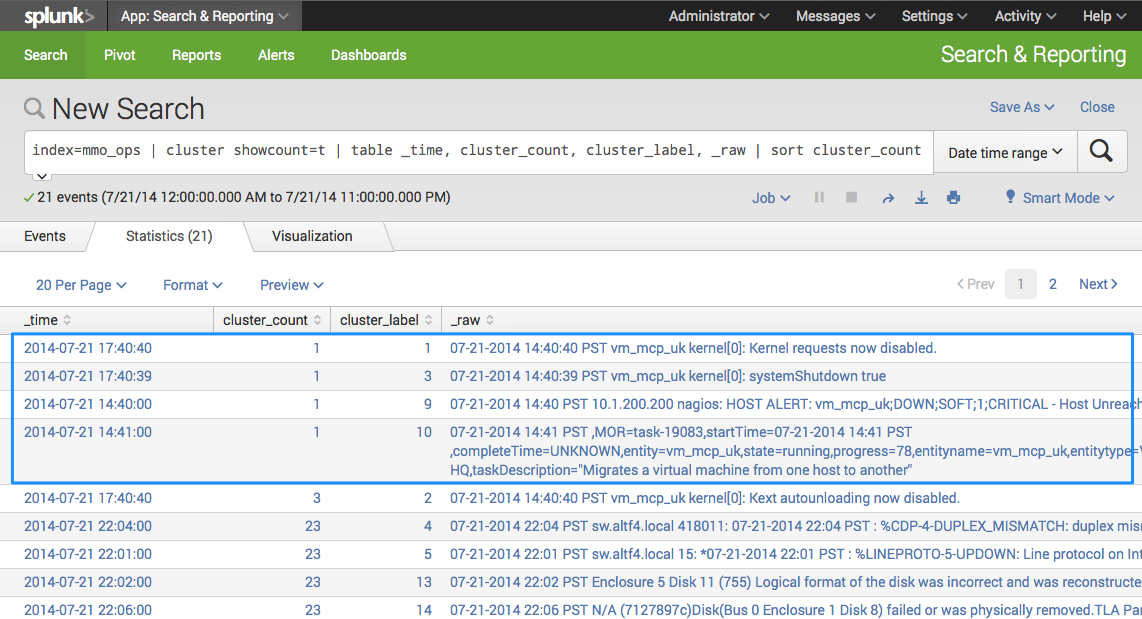

We started by looking at append and appendcols which allow us to construct a query made from multiple queries, we then looked into transaction Today we looked at Splunk commands which are commonly used to extract information from logs. To be used with moderation, as on top of coupling the message itself, we couple the exact amount of characters.

Here we want to match price"=123 and extract 123, so we look for price in _raw and match the next two character "= and extract a group named price which we can then use. corId | transaction corId startswith = " Received Request " endswith = " Completed Request " | rex field = _raw " price.(?*) " | table corId, price ) to match single characters easily in an event.įor example if our transaction contains multiple events but not all the properties are understood by Splunk, we can use rex to extract pieces of the events using _raw which contains the raw grouping of events. This is useful when the message log doesn’t have a clear way of extracting values.Īs logs are predictable, a nice trick to extract data can be built done using dots (. Lastly rex can be used to extract groups of values out of events to be used in queries. This can be very useful when you need to change the layout of an. This query will group all events between Received Request and CompletedRequest with the same corId and extract price and region out of the group of events and then timechart the maximum price per region in a span of five minutes, limit=0 disable the limit of split so that we can see all regions. region | timechart limit = 0 span = 5 m max ( price ) by region You do not need to specify the search command. The search command is implied at the beginning of any search. You can retrieve events from your indexes, using keywords, quoted phrases, wildcards, and field-value expressions. price | spath output = region path = properties. Use the search command to retrieve events from indexes or filter the results of a previous search command in the pipeline. corId | transaction corId startswith = " Received Request " endswith = " Completed Request " | spath output = price path = properties. | spath output = corId path = properties. Sets up data for calculating the moving average. Index=_internal source=*splunkd.log* log_level!=info | cluster showcount=t | table | streamstats window=720 mean(*) as MEAN* stdev(*) as STDEV* | timechart span=60m sum(countaction) by action Runs a templated streaming subsearch for each field in aĮxample. `weather_data` | xyseries icon weather weather _time = starttime "| fields _time asaUser | timechartĬonverts results into a format suitable for graphing %M:%S" | map maxsearches=5000 search="|gentimes start=$et$Įnd=$lt$ increment=1h | eval asaUser="$asaUser$" | eval %S" | convert ctime(latest) as lt timeformat="%m/%d/%Y:%H: Min(_time) as earliest max(_time) as latest by asaUser |Ĭonvert ctime(earliest) as et timeformat="%m/%d/%Y:%H:%M: `find_asa_vpn_events` | `combine_user_names`| eventstats Useother=t limit=5 by _time | fields - percent" | timechart sum(count) by $starttime$ latest=$endtime$ | bucket _time span=1h | top |gentimes start=-1 end=0 increment=1h | map maxsearches=24 search="search earliest=
SPLUNK COMMANDS EXAMPLES FREE
Either a free form command or cmd parameter is required, see the examples. This command is useful inĮxample: 10/1/07:12:34:56 (for October 1, Collections in the Splunk Namespace Collections in the Tsystemsmms Namespace. The results are returned as a table, such as:
SPLUNK COMMANDS EXAMPLES WINDOWS
It takes each of the results from the previous search and searches in the windows indexįor the user's logon event. `first_search` | map search="search index=windows latest=$et$ username=$user$ Sourcetype=syslog sudo | stats min(_time) as et max(_time) as lt by user host Looping operator, performs a search over each search result Range in this case is the absolute value of (Actual Temperature - Relative Humidity) `get_weather_data` | contingency weather range usetotal=f

`get_iis_data` | contingency ua_browser ua_browser_version usetotal=f Is used to study the association between the two variables (count) of one variable in rows and another in columns, and

| eval subsearch = if(host=,”setting_1”,”setting_2”)īuilds a contingency table for two fieldsĪ contingency table is a table showing the distribution | eval sample_ = Value| stats avg(m_*) as “*” `nest_data`| autoregress temp_f | eval diff = temp_f - temp_f_p1 | timechart span=15mĪvg(diff) as "Average Difference" eval(avg(temp_f) - avg(temp_f_p1)) as "Eval Diff” Splunk conf2014 - Lesser Known Commands in Splunk Search Processing Language (SPL)


 0 kommentar(er)
0 kommentar(er)
